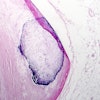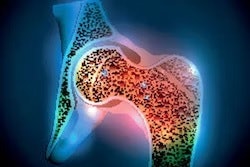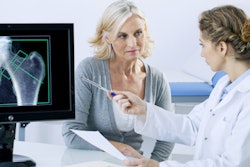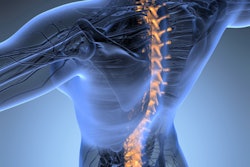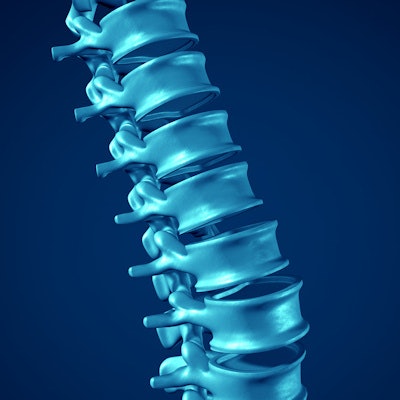
CT scans acquired for lung cancer screening can serve double-duty by providing the data needed to also perform bone density analysis, according to a new study from China published online November 4 in the Journal of Bone and Mineral Research.
Researchers analyzed low-dose CT scans originally acquired for lung cancer screening and processed them with bone density software. They found rates of osteoporosis in women that were comparable to published data acquired with dual-energy x-ray absorptiometry (DEXA) systems -- and osteoporosis rates in men that were double that of published data.
The study involved an analysis of low-dose chest CT scans performed for lung screening in 69,095 people as part of the China Biobank Project, a large, prospective population-wide study. The study represents the first such investigation of a large population cohort in China, according to a team led by Dr. Wei Tan, PhD, of the Beijing Jishuitan Hospital in Beijing.
The study sought to answer the question of whether CT could play a bigger role in osteoporosis screening on a large scale. As the population has aged in China, osteoporosis has become more prevalent, putting people at risk for fractures. The country expects expenses on fracture treatment to climb to $25.4 billion in 2050.
The World Health Organization recommends DEXA as the gold standard for osteoporosis screening, but access to the technology is limited in China. Low-dose CT is already being used for lung cancer screening as part of a broader initiative in China, and there is potential to use the scan data for other purposes at no additional cost, the authors wrote.
Other studies have demonstrated the possibility of reusing CT data acquired for other purposes for bone density analysis, such as cardiac CT or gastrointestinal applications. Israeli researchers have even developed an artificial intelligence algorithm for the application.
In the current research, out of 69,095 participants enrolled in the study, 40,733 were male and 28,632 were male. The group acquired volumetric bone mineral density (vBMD) data from CT scans using quantitative computed tomography (QCT) software (Mindways QCT Pro, Mindways Software). They then compared the rates of osteoporosis found with the software to published rates of areal BMD (aBMD) detected with DEXA in similar demographics,
LDCT detected similar rates of osteoporosis based on an analysis of age-standardized data as DEXA in women (28.9% versus 29.1%) and twice the rate of osteoporosis in men (13.5% versus 6.5%).
"The difference in osteoporosis prevalence may reflect a high incidence of degenerative spinal changes in elderly men that can falsely elevate [DEXA] aBMD," the authors explained.
| Prevalence of osteoporosis and low bone mass, DEXA vs. QCT | ||||
| Osteoporosis | Low bone mass | |||
| DEXA | QCT | DEXA | QCT | |
| Women | 29.1% | 29.0% | 49.7% | 41.1.% |
| Men | 6.5% | 13.5% | 55% | 43% |
The results suggest vBMD may be more accurate in men than DEXA, though more research is needed to investigate this hypothesis. For the time being, DEXA is the standard, the authors wrote.
The advantage of low-dose CT for bone mineral assessment is that it does entail the use of additional equipment or radiation, investigators noted.
"The value of this approach should also be considered worldwide, given that CT examinations of the thoracic cavity or abdomen are frequently ordered for clinical reasons other than osteoporosis," Tan et al wrote. "Thus, in countries where [DEXA] is widely unavailable, there is an unexploited opportunity to use CT scans for the diagnosis of osteoporosis and eventually for fracture risk assessment without any additional radiation exposure to the patient."

